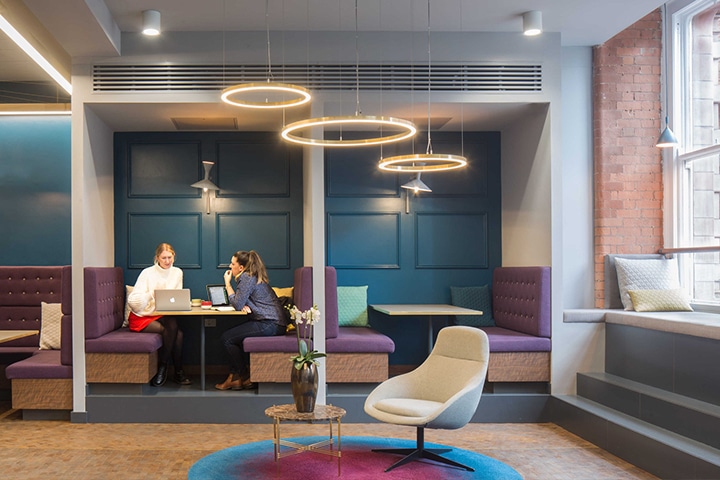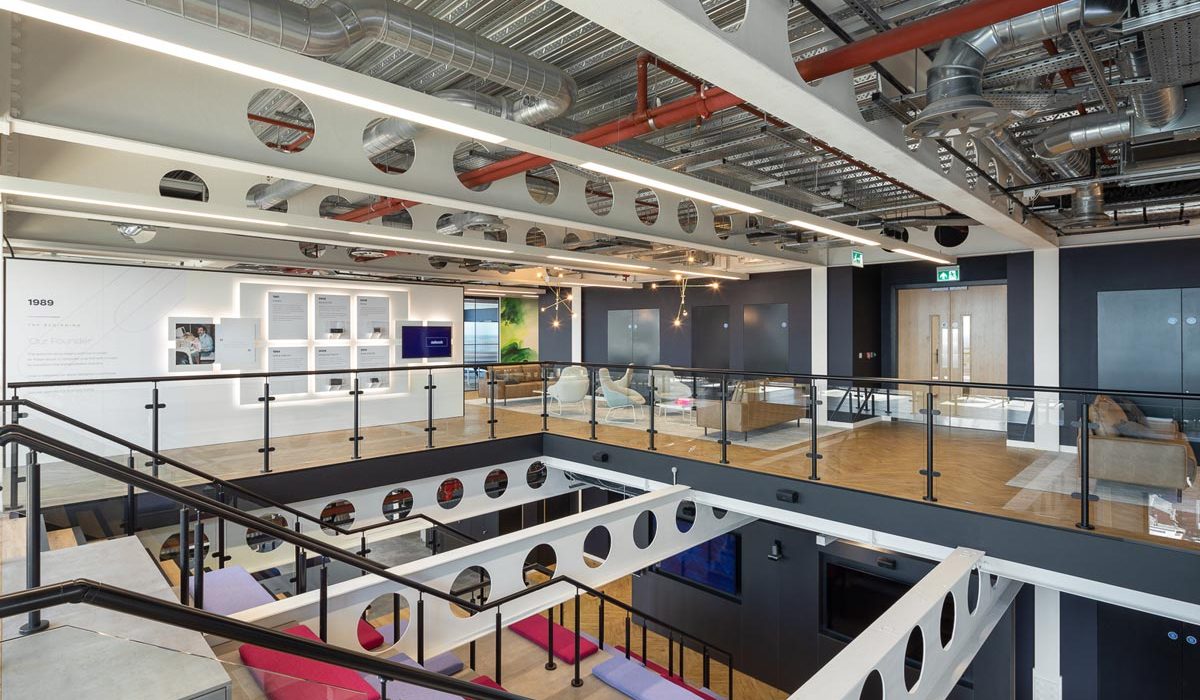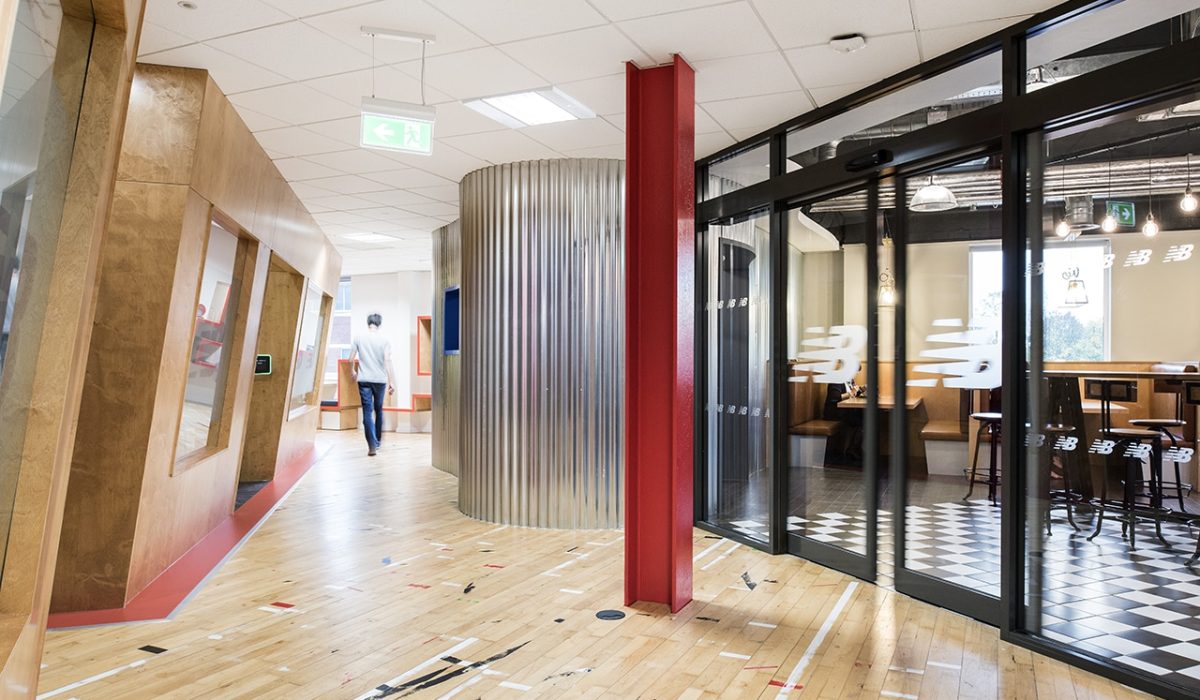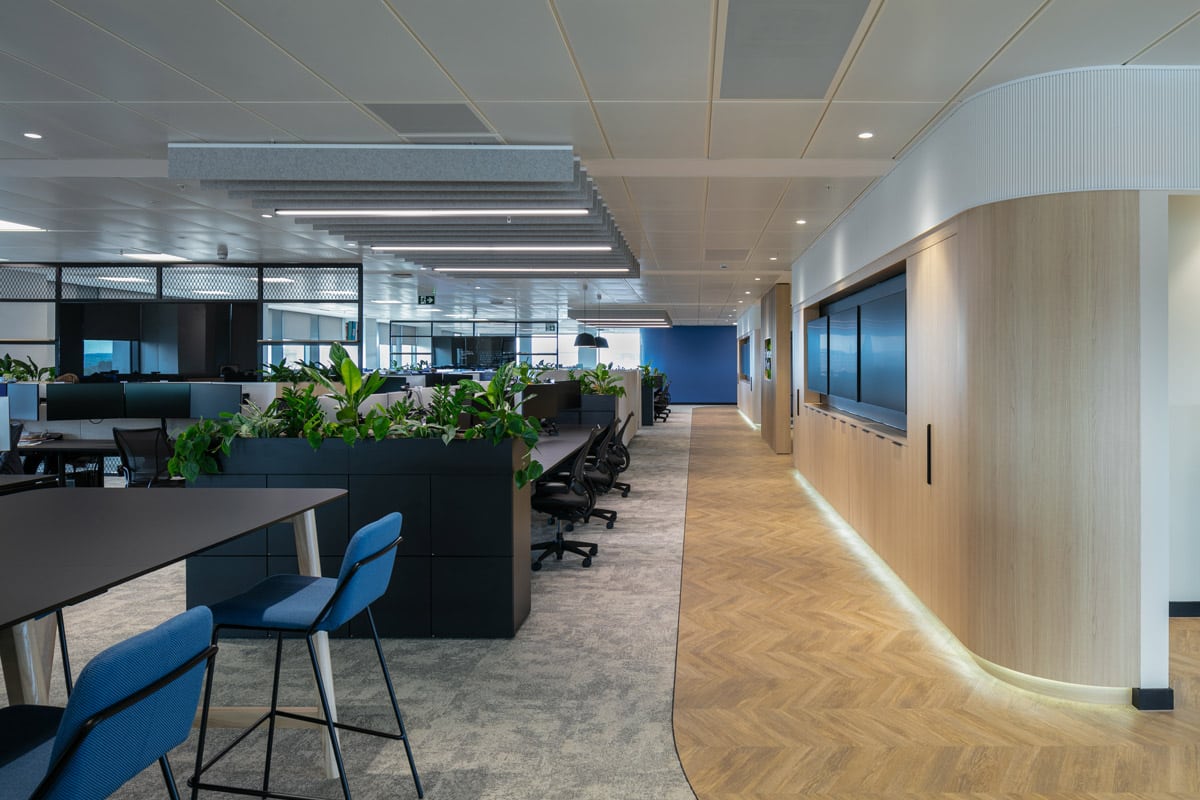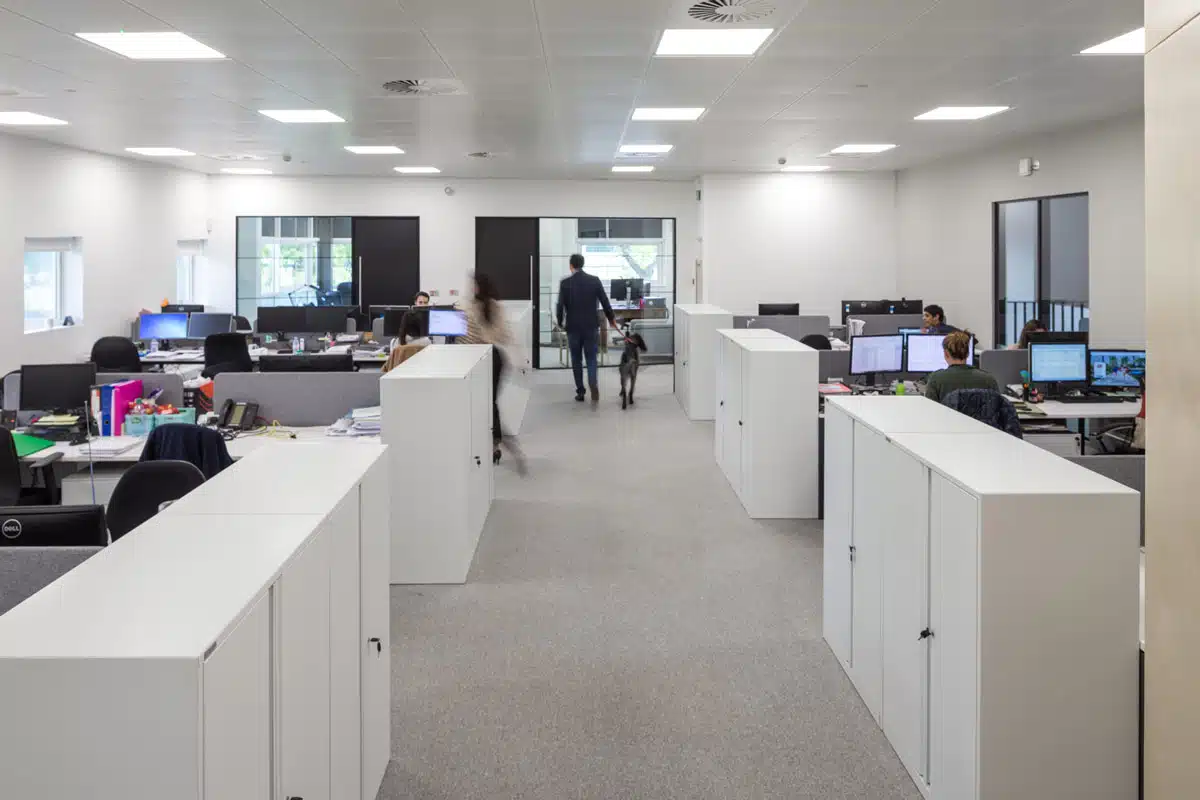Poor Planning and Lack of Strategy
One of the most common causes of refurbishment delays is insufficient planning. Rushing into a project without a clear strategy often leads to costly changes mid-way through, missed deadlines, and a disjointed outcome.
To avoid this, businesses should define clear objectives from the outset. Ask questions like:
- What are our goals for this space?
- How will the refurbishment improve the way we work?
- Are we planning for future growth or changes in working style?
- By starting with a solid workplace strategy, companies can create a detailed brief and ensure every decision aligns with their long-term needs
Underestimating the Budget
Budget overruns are another frequent issue in office refurbishments. While many businesses factor in the basics—like furniture and décor—they often overlook hidden costs such as structural changes, compliance upgrades, or IT relocations.
In our article on hidden office refurbishment costs, we outline unexpected charges that can quickly inflate your spend. These might include:
- Upgrades to meet building regulations
- Out-of-hours labour to avoid business disruption
- Specialist equipment installation
- Building a realistic budget with a contingency of at least 10–15% can provide peace of mind when the unexpected arises
Inadequate Scheduling and Delays
Delays in office refurbishments can be caused by poor coordination, late decisions, or contractor availability. Without a detailed timeline and project lead, it’s easy for works to overrun—disrupting day-to-day business and inflating costs.
Appointing a trusted fit-out partner early in the process helps to keep the schedule on track. A professional team can manage suppliers, obtain planning permissions, and ensure works are sequenced efficiently. Crucially, they’ll factor in lead times for materials, ensuring decisions are made before they cause delays.
Neglecting Staff Needs and Communication
One overlooked pitfall in refurbishments is failing to consult the people who use the space daily. If staff aren’t considered in the design, you risk ending up with a workplace that hinders rather than helps productivity.
Involve employees early through surveys or workshops. Understanding how teams work—whether they need quiet zones, collaborative hubs, or more flexible desking—can shape a design that truly supports them. Equally important is keeping staff informed throughout the process to manage expectations and reduce stress during any disruption.
Compliance and Health & Safety Oversights
Refurbishments must comply with health and safety regulations, building codes, and accessibility standards. Overlooking these can lead to legal issues or costly retrofitting later.
Ensure your refurbishment partner has strong knowledge of compliance requirements, including:
- Fire safety and escape routes
- DDA (Disability Discrimination Act) regulations
- Ventilation, lighting, and acoustic standards
- A thorough audit of your existing space can identify risks early, and give time to plan solutions into the design
Choosing the Wrong Fit-Out Partner
Perhaps one of the most damaging mistakes is choosing a partner based solely on price. An inexperienced contractor may lack the capability to manage complex refurbishments, leading to poor finishes, missed deadlines, or even project abandonment.
When selecting a fit-out partner, consider:
- Proven experience in similar projects
- Transparent pricing and detailed quotations
- Client testimonials and case studies
At ADT Workplace, our collaborative approach means we guide you through each stage, from initial consultancy to aftercare, ensuring a tailored result with minimal disruption.
Forgetting About Future-Proofing
Lastly, refurbishments should look beyond today’s needs. The way we work is constantly evolving, so flexibility is key.
Design your office with adaptability in mind:
- Modular furniture and zoning for agile working
- Infrastructure that supports hybrid and tech-enabled work
- Sustainable materials and energy-efficient systems
By future-proofing your space, you’ll avoid the need for another costly refurbishment in just a few years.
Conclusion
An office refurbishment is an investment in your people and business performance, but it’s not without its risks. With the right preparation, the right partner, and a focus on people and purpose, you can avoid common pitfalls and achieve a workplace that drives success long into the future.
Ready to begin your office transformation? Get in touch with ADT Workplace today to discuss how we can help deliver a seamless refurbishment experience.

